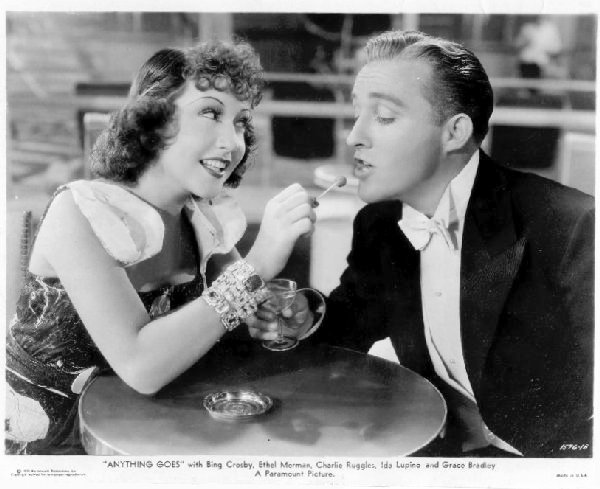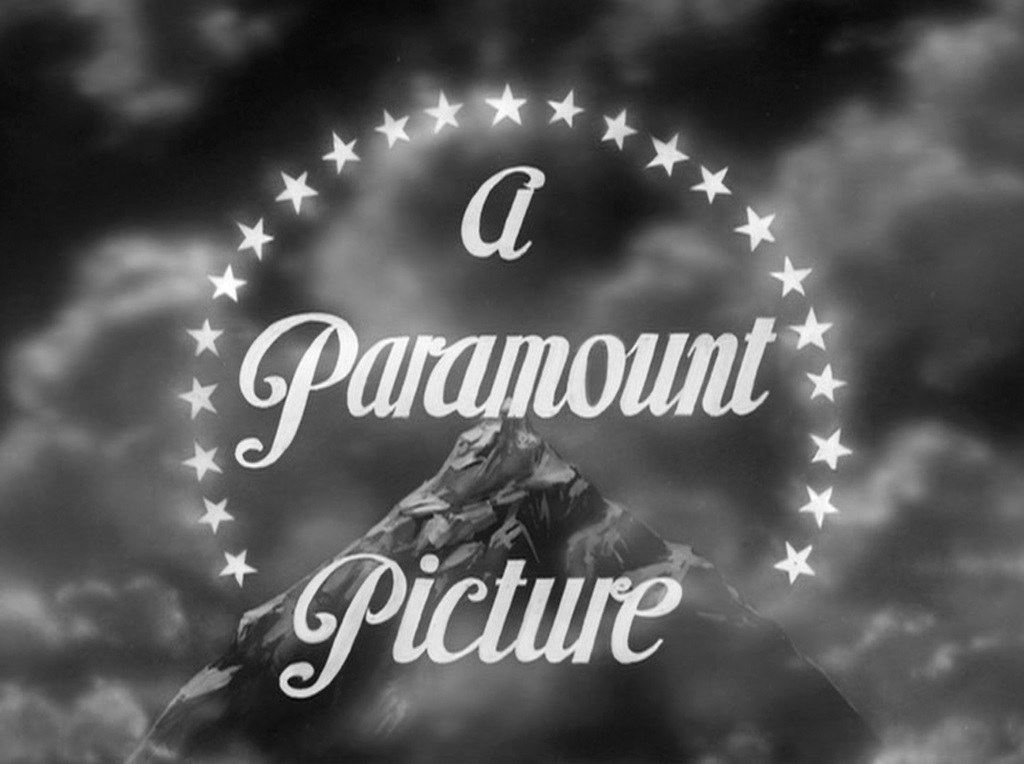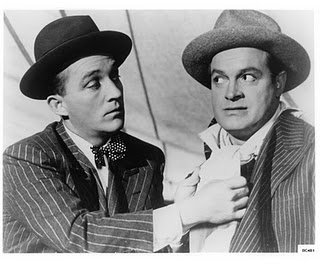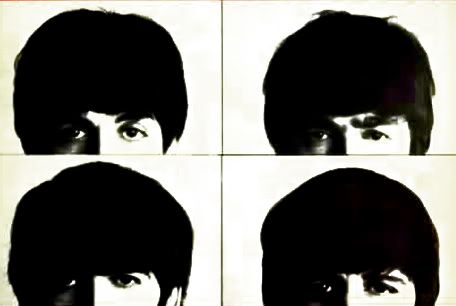Thursday, 26 March 2015
Monday, 23 March 2015
Spice Girls/Brand Identity/Marketing an image

Bands are created ultimately to reach out to an audience, whether it was to gain money and success or pure recognition and appreciation for their music. However, when creating a band, there needs to be a number of areas which need to be discussed:
Advertising
Advertising is key, synergy ensures a partnership that would benefit two parties. For example, someone who likes The Spice Girls will most likely pick these bag of crisps simply because one/or more of their faces are on them. The society we live in relies on the visual aspect when making decisions.
The music is important to an extent. If a band already has an established fan base, they could release mediocre music and the fan base will buy it regardless. However, as an artist or group of artist, it is vital to not just sustain your current fan base but encourage it to grow.
The visual appeal/marketing an image
The image is probably one of the most crucial part of the mainstream industry. The way the consumers decide whether they like something, is through observation. Therefore the girls are going to be attractive, and wear clothes which
Expression of ideas/emotions
This relates to image, their lyrics should represent their image and what they stand for. There needs to be a correlation that the audience can connect and familiarise themselves with. This becomes difficult when the second or third album is due as there needs to be something different, but at the same time, keep the vibe the fanbase fell for.



In the 1990s Bob Herbert, Chris Herbert and Lindsey Casbon
created a girl band which would compete with mainstream boy bands. They
recognized the industry had a market for a girl band. There was an advertisement
in “The Stage trade magazine” asking whether if any 18-23 year old had the
talent to sing and dance. Moreover, the boy bands were popular amongst not just
girls, but boys also. Boys imitated the members’ style, such as hair clothes,
sometimes the slang words they would pick up for them. If this influence was available
for boys, so would a girl band.
The Spice Girls clothes were chosen for them, to represent
their chosen character type.
Victoria embraced the sophisticated slim and slender style,
whereas Mel B was the feisty one, wearing leopard print clothing. Geri would
adopt the style of red pants, and often a bra. Mel C represented the more “tomboy,”
sport-related look.
...
Marketing an image
...
Marketing an image
The peculiar costumes appeal to a wide ranges of audiences. Many consider her work "art." Some saw her Gaga’s video as a liberation for one in a capitalist
society. The imagery in the music video are extremely provocative – the costume,
props, the shots and pace of editing. She shows the industry reducing her to a
sexual object, the men in the video surrounding her as she poses and moves
sexually. The Mise-en-scene is rather decorative, especially with the floating
diamonds. It could illustrate purity, but it is frozen, showing the glamorisation
of the 21st century sex appeal in the industry. Additionally, the
high camera angle of Lady Gaga looking more natural shows the vulnerability of
women. The manufactured figures also look like the shaping of women, and the “plastic”
image the industry promotes.
Saturday, 21 March 2015
History of the Pop Video
Bing Crosby
 Bing Crosby was one of the biggest stars in the world in the
1940s. Harry Lillis Crosby became when of American’s most popular entertainers
of all time. He was shown all over radio, movies and television; he was definitely
well known during his time. Throughout his music career, he dominated the music
charts with almost 300 hundred hit singles. He launched a radio show as well as
winning Academy Award for “Going My Way” in 1994.
Bing Crosby was one of the biggest stars in the world in the
1940s. Harry Lillis Crosby became when of American’s most popular entertainers
of all time. He was shown all over radio, movies and television; he was definitely
well known during his time. Throughout his music career, he dominated the music
charts with almost 300 hundred hit singles. He launched a radio show as well as
winning Academy Award for “Going My Way” in 1994.
Crosby’s laid back personality and smooth vocal style won
over his fans. He was born into a working class family (fourth of seven
children) which appealed to a wide range audience, admiring his humbleness.
He managed to tackle the “Big Screen,” by the early 1930s,
signing a contract with Paramount Pictures. He had a slim frame and protruding
ears, but his smoothness and charm quickly attracted the film audience. Crosby
starred in comedies such as “Here is my Heart,” alongside Kittie Carlisle, and “Anything
Goes,” with Ethel Merman. He and his company utilised synergy by starring in “Pennies
from Heaven,” which in turn gave him a hit single with the title. Not only was
he good with his fans, but also with the business aspect.
The career of the young Harry Lillis Crosby continued to
flourish. His peak was during the 1940s. He co-starred with the comedian Bob
Hope in “Road Pictures.” The two were a dynamic pair and formed a genuine
connection off screen which his fans admired. They remained friends throughout their
lives and appeared in a number of films together. Dorothy Lamour became their female
lead, making “Road,” movies together.
Later on, he won his one and only Academy Award win for his
dramatic role in “The Bells of St Mary.” Crosby was the top box office star
from 1944-1957. He still remains one of the top grossing film performers. Continuing
his career, he appeared in musicals such as the 1954’s “White Christmas,” with
Danny Kaye and Rosemary Clooney. In the same year, he played an alcoholic character
in “The Country Girl,” showcasing his acting abilities. Grace Kelly played his
wife. Two years later, both of them performed for a musical comedy “High
Society,” along with fellow crooner Frank Sinatra.



During his final years, he began to focus more on the small
screen. He attempted to start his own comedy, the “Bing Crosby Show,” however,
it was short-lived. In the 1970s he performed with David Bowie, he also enjoyed
making guest appearances in programs like “The Tonight Show.”
Harry Lillis Crosby passed away on October 14, 1977 –
suffering from a heart attack. His family, fans and long term friend Bob Hope
were devastated. Hope said that “if friends could have been made to order, I
would have asked for one like Bing.”
Sinatra is one of the most popular entertainers to date. He
rose to fame by singing in big band numbers. During the 1940s and 50s he had an
array of hit songs and albums. They managed to appear on a number of films. His
Oscar for “From Here to Eternity,” proves his success. Sinatra had numerous
iconic singles like “Love and Marriage,” and “New York, New York.”
His influence and decision to sing comes from watching Bing
Crosby perform. He also nurtured his vocal abilities by being a member of the
glee club, and regularly sang at night clubs. Through Radio exposure,
bandleader Harry James brought his attention to the young Sinatra. He made his
first recordings with him, releasing “All or Nothing at All.” In the 1940s,
Tommy Dorsey welcomed Sinatra to join his band. After two years, he decided he
want to pursue a career solo.
Between the years of 1943 and 1946, Sinatra’s solo career
began to blossom as he managed to chart 17 different top 10 singles. His
charisma encouraged his fans to give him nicknames such as “The Voice,” and
“The Sultan of Swoon.”
 “Higher and Higher,” was Sinatra’s movie acting debut. He
won a Academy Award for “The House I Live In.” It is a shot 10 minute film made
to promote racial and religious tolerance. The popularity of Sinatra began to
slide in the post-war days, unfortunately he lost his recording and film
contracts in the early 1950s. However, 3 years later he made a comeback,
winning an Oscar fro his character;; an Italian American soldier “Maggio,” in
“From Here to Eternity.” Even though this was his first role without singing,
he received a recording contract with Capitol Records.
“Higher and Higher,” was Sinatra’s movie acting debut. He
won a Academy Award for “The House I Live In.” It is a shot 10 minute film made
to promote racial and religious tolerance. The popularity of Sinatra began to
slide in the post-war days, unfortunately he lost his recording and film
contracts in the early 1950s. However, 3 years later he made a comeback,
winning an Oscar fro his character;; an Italian American soldier “Maggio,” in
“From Here to Eternity.” Even though this was his first role without singing,
he received a recording contract with Capitol Records.
After regaining his success, he received critical acclaim
from “The Manchurian Candidate,” and an Academy nomination for “The Man with
the Golden Arm.” Despite his ability to quickly regain success, he left Capitol
to establish his own record label, “Reprise (in association with Warner Bros.).
Additionally, he set up his own independent film company, “Artanis.”

In the mid-1960s, Sinatra received a Grammy Lifetime
Achievement Award, and headlined the 1965 Newport Jazz Festival. He was the
main attraction at Caesar’s Palace. Sinatra was the founding member of the “Rat
Pack,” with Sammy Davis Jr, Dean Martin, Peter Lawford and Joey Bishop. He epitomized
the womanizing, drinking and swinger image.
 Becoming more politically active allowed him to create the
album “Ol’ Blue Eyes Is Back.” Sinatra visited the White House, campaigning for
Franklin D. Roosevelt. He worked for John F. Kennedy’s election and later
supervised his inaugural gala in Washington. However, by the 1970s, Sinatra
abandoned his Democratic loyalties and embraced the republican Party,
supporting Richard Nixon. Nixon presented Sinatra with the Presidential Medal
of Freedom (highest civilian award.)
Becoming more politically active allowed him to create the
album “Ol’ Blue Eyes Is Back.” Sinatra visited the White House, campaigning for
Franklin D. Roosevelt. He worked for John F. Kennedy’s election and later
supervised his inaugural gala in Washington. However, by the 1970s, Sinatra
abandoned his Democratic loyalties and embraced the republican Party,
supporting Richard Nixon. Nixon presented Sinatra with the Presidential Medal
of Freedom (highest civilian award.)
Elvis Presley
Presley endured a vast amount of fame during the 1950s, all
on the radio, TV and the silver screen. He is arguably one of the biggest names
in rock ‘n’ roll. He was raised in a working class environment, which appeals
to the working class audience. Presley received his first guitar from his
mother when he turned 11. Presley had a taste of success through winning a
talent show at Humes High School in Memphis. After he graduated, he worked a
number of jobs alongside pursuing a career in music. Sam Phillips decided to
take him. He started touring and recording, and brought out his first single
“That’s All Right Mama.”
His first album, “Love Me Tender,” which was a box office
hit. Presley served the Army, in Germany for a year and a half. After he left
Europe, his mother died and he was granted a leave and returned for her
funeral. Although he was deeply saddened, he returned to his duty. During his
time in the army, he met Priscilla Beaulieu.



In the 1960s, the career of Elvis Presley was resumed; he
was back on the charts with the soundtrack for his film “GI Blues.” He
continued to act in films sich as “Blue Hawaii,” “Girls! Girls! Girls!” and
“Viva Las Vegas.” The films and soundtracks made a good profit despite them
being a “hit or miss.” By the end of the
60s, he began losing his appeal. But he still was the “King of rock ‘n’ roll.”
He named his comeback, the “68 comeback.”
However, his career started to deteriorate once his marriage
with Priscilla started falling apart. He began wrestling his addiction to
prescription drugs and was hospitalised. Despite his problems, he remained
touring in Las Vegas on tour. His last performance was on June 1977, in
Indianapolis, Indiana.

The Beatles
The Beatles took the world by storm. It wasn’t just their
pop vocals, it was their clothes and hairstyles which changed a generation.
They released their first single in 1962, and their album the following year.
They started playing in Liverpool, their home town and were previously called “The
Quarrymen.” John Lennon, Paul McCartney and George Harrison were guitarists.
After successfully impressing the pop legend Elvis Presley, he invited McCartney
to join “Heartbreak Hotel,” Then the rest followed, alongside John’s fiend from
Art College, Stuart Sutcliffe and drummer Pete Best.

They toured Germany, Hamburg and a number of places in
Europe. Stuart met his girlfriend in Germany Astrid Kirchherr. She had
influenced the Beatles “mop” hairstyles and collarless suits. Sadly, Stuart
died from a brain haemorrhage in 1962. Pete Best was kicked out of the band,
and Ringo Starr replaced him. That same year, they signed a recording contract
wit producer George Martin and made “Love Me Do.”
They toured all over England, and released their first
number one “Please Please Me.” They played for the royal family at the Prince
of Wales Theatre on November 4th, 1963. The Beatles not only
dominated England, but America too. As soon as they touched America, they mad
television History. 73 million people watched the Beatles on the Ed Sullivan Sho.
Their first movie was “A Hard Day’s Night.” Many people bought their
merchandise, whether it was records, clothes, posters etc.
The Beatles craze was referred to as “Beatlemania.”
Subscribe to:
Comments (Atom)
















